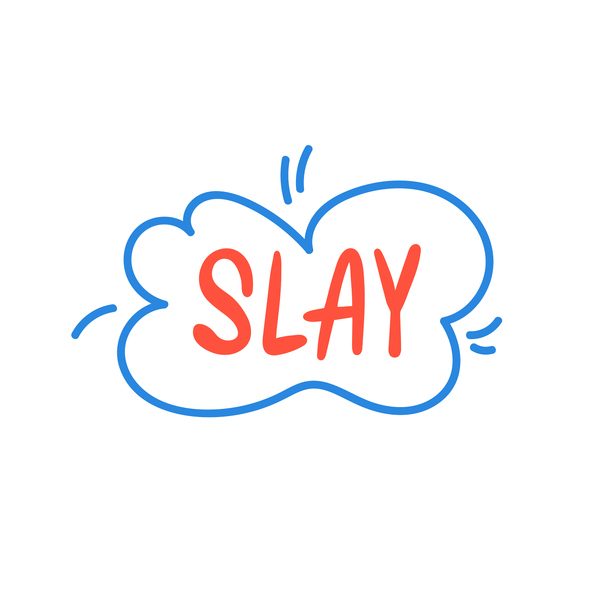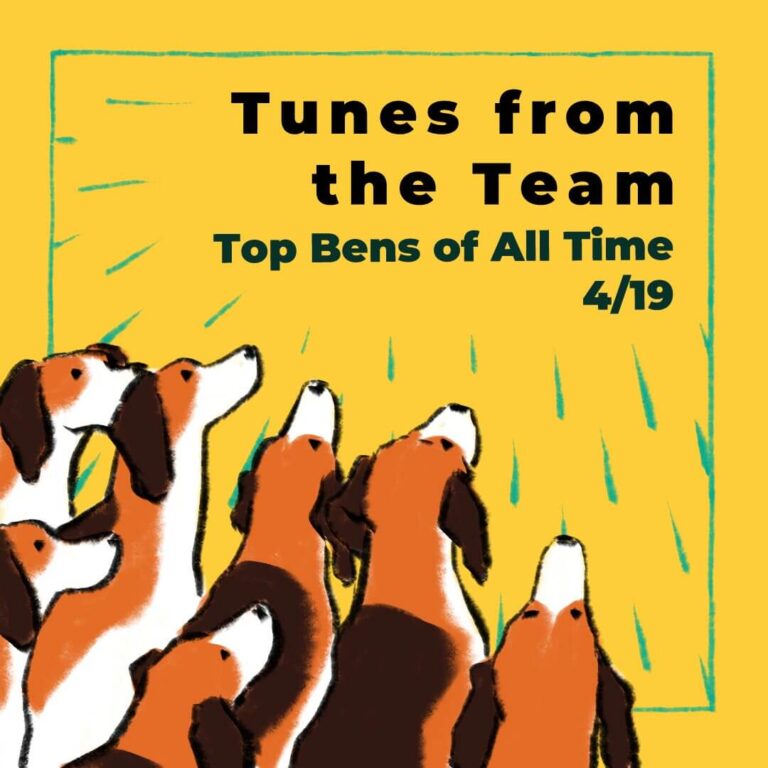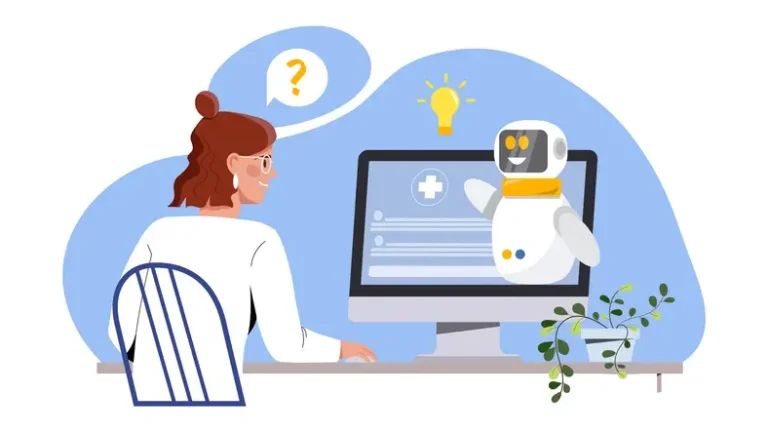Lessons from ephemeral content
How time-sensitive features and exclusive content can boost user retention and drive engagement in SaaS products
What if you could create product features that hooked users, built loyalty, and kept them coming back — all inspired by one of the most popular social media apps? While Snapchat’s glory days might feel like ancient history, the platform’s groundbreaking use of ephemeral content offers valuable lessons for product leaders in SaaS to increase product engagement.
Ephemeral content changes how users engage with platforms. We’re talking about short-lived, time-sensitive features designed to drive immediate action.
For my kids, who “Snap” each other often, ephemeral content is fleeting — it’s quick bursts of images that show where they are in the moment. They remain highly connected, even though they shy away from the standard phone call and even texting.
For SaaS products in need of a strong customer engagement strategy, the same principles can be applied to boost user activation, retention, and loyalty. This article explores actionable SaaS product engagement strategies that leverage the psychology of fleeting moments to improve user experience.
A quick recap of ephemeral content

Snapchat introduced a simple yet powerful idea: content that disappears. The time-limited nature of Snaps created urgency and exclusivity, encouraging users to act fast. For SaaS products, the same concept can be harnessed to drive engagement and create habit-forming behaviors.
Think of time-sensitive content as a tool to:
- build a sense of urgency
- encourage repeat interactions
- deliver value quickly and meaningfully
Now, let’s explore how these principles translate into SaaS product engagement strategies that resonate with your users.
1. Create a sense of urgency: Time-limited features
In SaaS, creating a sense of urgency is a time-tested strategy to drive user engagement. When users feel they might miss out, they’re more likely to act quickly. Incorporating time-limited features into your product design not only enhances your SaaS product engagement strategy but also encourages users to explore your product, complete tasks, or deepen their engagement.
Examples of urgency-driven features in SaaS
- Trial expiration notifications:
Platforms like Slack and HubSpot use countdowns to remind users of free trial expirations. These notifications emphasize the benefits users will lose if they don’t upgrade, nudging them toward making a decision. - Limited-time offers:
SaaS products frequently use discounts or access to premium features as a hook. For example, a tool might offer 20 percent off an annual subscription for users who upgrade within 48 hours. This approach plays on the psychology of scarcity to drive conversions. - In-app prompts with countdown timers:
Some SaaS platforms integrate countdowns directly into the interface, encouraging users to take specific actions, like completing a task or redeeming a reward, before the timer runs out. Gamification elements like these can increase both engagement and retention.
A word of caution
Be wary of crossing the line from persuasion to deception. Using these tactics falsely is considered deceptive UX. You should never create a false sense of urgency when none exists. It can quickly become manipulative because of why these techniques work.
Why time-limited features work
The psychological principle behind urgency is simple: FOMO (Fear of Missing Out). When users believe they only have a small window to act, their decision-making accelerates. This can be especially powerful in SaaS products, where users are often evaluating features, deciding on upgrades, or assessing value.
Urgency also creates a sense of importance around your product. By emphasizing that certain actions must be taken now, you signal that these actions hold immediate value for your users. The result will likely increase product engagement for SaaS.
How to implement time-limited features
- Design clear, time-sensitive prompts:
- Use bold, concise language to communicate urgency. For example, “Your trial ends in 2 days — don’t lose access to advanced analytics!”
- Pair visual elements, such as countdown timers or progress bars, with the message to reinforce the time limit.
- Focus on user benefits:
- Urgency-driven CTAs like “Upgrade Now” or “Redeem Before Midnight” should highlight the value users gain by acting quickly. For example, “Upgrade now to unlock team collaboration features before your trial ends.”
- Avoid overuse or pushiness (and deceptive UX):
- While urgency is effective, too many time-sensitive prompts can feel manipulative and erode trust. Instead, pair urgency with a clear explanation of the value being offered.
- Example: “Limited-time offer: 50% off your first month to explore our premium tools.”
- Build trust with transparency:
- Ensure users understand what they’re getting and why the time limit exists. Transparency builds credibility, especially for SaaS products with complex features or pricing models.
Real-world success: Dropbox’s limited-time referral program

Dropbox’s referral program is a classic example of how time-sensitive features can create urgency and drive user engagement. The strategy was simple yet highly effective: users were offered extra cloud storage as a reward for inviting friends to join Dropbox. However, there was a twist. These rewards had to be claimed within a specific timeframe, adding an element of urgency to the program.
How it worked
- Time-limited action: Once a user received an invitation or sent one, they had a set amount of time to act on it, either by signing up for Dropbox or by ensuring their friend followed through.
- Mutual benefit: Both the inviter and the invitee gained additional storage, reinforcing the social element of the feature while emphasizing the immediate value for both parties.
- Clear incentives: Dropbox highlighted the exact amount of storage users could earn, making the benefits tangible. The reward was small enough to feel achievable but valuable enough to motivate action.
Why It worked
- Leveraging scarcity psychology:
The time limit introduced a sense of scarcity, which taps into users’ natural desire to act before losing an opportunity. This was especially effective for a feature like cloud storage, which is both utilitarian and valuable for digital users. - Creating social proof:
By incentivizing users to invite their friends, Dropbox not only expanded its user base but also leveraged social proof. When users see others adopting a product, they’re more likely to trust its value. The urgency amplified this effect, creating a viral loop of adoption. - Encouraging rapid engagement:
The program targeted new users with a sense of urgency, ensuring they explored and engaged with the platform quickly after signing up. This early engagement was super important to establishing Dropbox as a habit for new users.
How this impacted Dropbox’s growth
- User growth: The referral program helped Dropbox grow its user base exponentially, adding millions of new users within a short period. This growth was driven by a combination of word-of-mouth marketing and the urgency baked into the program.
- Retention and activation: By encouraging new users to engage with the product immediately, Dropbox increased its activation rates and long-term retention. Early interaction with the storage feature ensured users saw its value and continued to use the platform.
Lessons for SaaS product engagement strategies
Dropbox’s success with its referral program shows how powerful urgency can be when combined with social incentives:
- Drive immediate action: Time-sensitive features encourage users to act quickly, increasing the likelihood of conversions or deeper engagement.
- Reinforce value with tangible rewards: Offering clear, meaningful rewards ensures users perceive value in taking action. In Dropbox’s case, additional storage was both simple and highly desirable.
- Amplify impact with social features: Referral-based engagement strategies leverage the trust and connections between users, making them more effective than one-off promotions.
By incorporating urgency and social incentives, Dropbox crafted a SaaS product engagement strategy that not only expanded its user base but also established its product as a go-to solution for cloud storage. The referral program remains a masterclass in how SaaS companies can use time-limited features to drive both growth and retention.
When you integrate urgency into your SaaS product engagement strategy, you can encourage users to take actions that enhance their overall experience. Whether it’s upgrading to a paid tier, completing a task, or unlocking a feature, time-limited elements tap into the psychology of decision-making, ensuring your product stays top of mind.
2. Build exclusivity by rewarding engagement

Users love feeling special, and exclusivity is a powerful motivator. Ephemeral content offers SaaS products the chance to make users feel valued through unique or behind-the-scenes experiences.
Examples in SaaS
- Beta access programs: Tools like Notion and Figma allow early access to new features for selected users. This creates buzz and fosters loyalty among engaged users.
- Premium content drops: Deliver exclusive resources, like webinars or templates, to users who complete specific actions within your product.
How to implement this
Tailor exclusivity to align with your audience’s needs. For example, health tech platforms might provide early access to analytics tools for power users, while B2B SaaS products could reward teams that hit usage milestones.
3. Use micro-interactions to build habits
Micro-interactions are the small, delightful moments within your product. They help create habits that keep users coming back. These subtle cues—like animations, progress updates, or playful sounds—create positive reinforcement and keep users coming back. Inspired by the dopamine-inducing effects of ephemeral content on platforms like Snapchat, micro-interactions in SaaS products can transform mundane tasks into enjoyable experiences, helping to build habits that drive long-term engagement.
Why micro-interactions matter
- Reinforce positive behaviors: Each interaction provides feedback, signaling to the user that they’re making progress or achieving something meaningful.
- Encourage habit formation: By creating small rewards during repetitive tasks, micro-interactions tap into the psychology of habit loops: a cue, routine, and reward.
- Reduce cognitive friction: Simple animations or visual feedback can help users understand what to do next, reducing frustration and improving usability.
Examples of micro-Interactions in SaaS
- Gamified onboarding:
Duolingo’s streak feature is a great example of using micro-interactions to reward consistent engagement. Every time a user completes a lesson, celebratory animations, confetti, or cheerful sounds reinforce the action, encouraging them to keep going. - Progress indicators:
Tools like Asana and Trello use progress bars or achievement badges to give users a sense of accomplishment when completing tasks. Whether it’s a visual cue showing 80 percent of a project is done or a pop-up congratulating the user on hitting a milestone, these interactions drive satisfaction and motivation. - Error feedback with delight:
Some SaaS platforms turn error messages into playful moments. For example, Slack’s witty loading messages or Mailchimp’s quirky error prompts provide lighthearted feedback, softening the frustration of mistakes. - Interactive prompts:
Platforms like Notion use subtle nudges to guide users through complex features. For example, a glowing button or tooltip can gently prompt users to try out a new capability without feeling intrusive.
How to implement micro-interactions
- Focus on key moments:
Identify points in the user journey where micro-interactions can have the most impact. These moments might include:- Onboarding new users
- Completing important tasks (e.g., creating a report, achieving a milestone)
- Encouraging feature discovery (e.g., a new tool or integration)
- Use UX research and behavioral data to pinpoint where users are most likely to drop off or need encouragement
- Keep it simple:
Micro-interactions should enhance the experience, not overwhelm it. Stick to lightweight animations, subtle sound effects, or short visual cues that align with your product’s brand and tone. For example, a pulsing button might draw attention to a CTA, while a checkmark animation signals success after a completed action. - Align to product goals:
Design micro-interactions to reinforce user actions that matter most to your product’s success. If your goal is to improve feature adoption, use engaging animations or tooltips to guide users toward those features. - Test and iterate:
Not all micro-interactions will resonate with your audience. Conduct usability testing to see how users respond and iterate based on feedback. A/B testing can also help you measure the impact of different interactions on engagement and retention.
Real-world application: Calm’s guided meditation progress
The meditation app Calm uses micro-interactions to keep users engaged with their mindfulness routines. Every completed session triggers soothing animations and visual progress updates, reinforcing the habit. Over time, these interactions create a sense of accomplishment and make users more likely to return for daily sessions.
Building habits with micro-interactions
Micro-interactions might seem small, but their impact on engagement and retention is enormous. By making every click, swipe, and completion feel rewarding, SaaS products can create experiences users not only enjoy but rely on. When integrated thoughtfully, these elements become a key part of a SaaS product engagement strategy, turning one-time users into loyal advocates.
4. Backstage insights: Humanize your SaaS brand

One of Snapchat’s most effective tools was its ability to bring users behind the scenes. For SaaS products, sharing backstage insights fosters trust and connection with your users.
Examples in SaaS
- Development milestones: Share updates on feature development or bug fixes to show progress and transparency.
- Customer spotlights: Highlight how real users benefit from your product to build credibility and engagement.
How to implement this
Leverage content channels like newsletters or in-app updates to share these insights. Ensure the tone remains professional yet approachable, aligning with your brand voice.
5. Research what works for your audience

Not all engagement strategies will work for every product. The key to success is understanding your audience’s unique needs and preferences. Conducting user research ensures you’re designing features that resonate.
User research methods to try
- A/B testing: Experiment with time-sensitive offers, micro-interactions, and exclusive features to see what drives the most engagement.
- User interviews: Ask users about their challenges and what would motivate them to engage more deeply with your product. We prefer interviews over surveys because the qualitative insights are richer and less likely to be biased.
- Behavioral analytics: Use tools like Amplitude or Mixpanel to track user interactions and identify opportunities for improvement.
Example
For a health tech platform, research might reveal that users value quick access to analytics. A solution could be a time-limited dashboard feature that highlights the most critical data, encouraging users to log in daily.
Case Studies: Lessons in ephemeral content actions for SaaS
1. Encouraging action through time-sensitive features: Tarrant County Health Services Finder
When Tarrant County approached us to create a health services finder for newly diagnosed HIV patients, their primary goal was to connect users with critical resources at a time when quick, and mobile action mattered most. Many users faced a high-stakes situation — securing access to care shortly after diagnosis in privacy — so the design needed to prioritize immediacy and simplicity.
The solution
- We developed a mobile-responsive interface that allowed users to search for services in real-time, with options to filter by urgency, proximity, and service type.
- The design included clear, time-sensitive prompts to encourage users to take action immediately.
The results
- Engagement with the tool surpassed initial projections, with patients reporting quicker connections to needed resources.
- This project highlighted the power of urgency-driven design in helping users make high-impact decisions.
By focusing on time-sensitive needs, we created a tool that embodied the principles of ephemeral content, helping users act quickly in moments of need.
2. A lesson in audience alignment: LinkedIn stories
In 2020, LinkedIn launched Stories, a feature that allowed users to share short-lived professional updates. The concept drew inspiration from Snapchat and Instagram, but instead of targeting casual social connections, LinkedIn aimed to foster brief, engaging moments among professionals.
The concept
- Stories created a sense of urgency by disappearing after 24 hours, encouraging users to share timely updates, insights, or behind-the-scenes moments.
- The feature was designed to promote authenticity and exclusivity, offering users a way to engage without the permanence of traditional LinkedIn posts.
The outcome
- While Stories succeeded in driving experimentation, they ultimately failed to resonate with LinkedIn’s professional audience, who valued polished, long-lasting content over casual, fleeting updates.
- The feature was retired in 2021 because it didn’t gain traction among users, serving as a reminder that not all ephemeral content works in every context.
Key takeaways for SaaS
- Understand your audience’s needs and preferences before implementing ephemeral features.
- Ensure that time-sensitive content aligns with your users’ expectations and provides clear value.
- “Always be testing” features with users
Balancing success and lessons learned
These case studies reveal both the potential and the pitfalls of ephemeral content in SaaS. While Tarrant County’s success demonstrated the value of urgency-driven design for a high-stakes audience, LinkedIn’s experiment highlighted the importance of aligning features with user expectations.
By leveraging the right strategies and conducting thorough research, product leaders can use ephemeral content principles to drive engagement, build trust, and deliver meaningful value.
Avoiding pitfalls: Don’t overdo it
While ephemeral content-inspired strategies are effective, overuse can alienate users. Bombarding them with constant notifications or artificial urgency may erode trust.
Best practices
- Be selective with time-sensitive features. Don’t overwhelm users.
- Use clear, honest communication. Avoid manipulative tactics.
- Test and iterate. Continuously refine your approach based on user feedback.
Conclusion: Drive engagement with thoughtful design
Snapchat’s legacy goes beyond disappearing photos; it taught us the value of fleeting moments to drive engagement. For SaaS product leaders, ephemeral content strategies—urgency, exclusivity, and habit-building—can create more engaging, user-friendly products.
By leveraging SaaS product engagement strategies rooted in research and thoughtful UX design, you can create features that keep users coming back while building trust and loyalty.
Want to learn more about designing for engagement? Contact us for a free UX audit tailored to your product’s needs.











